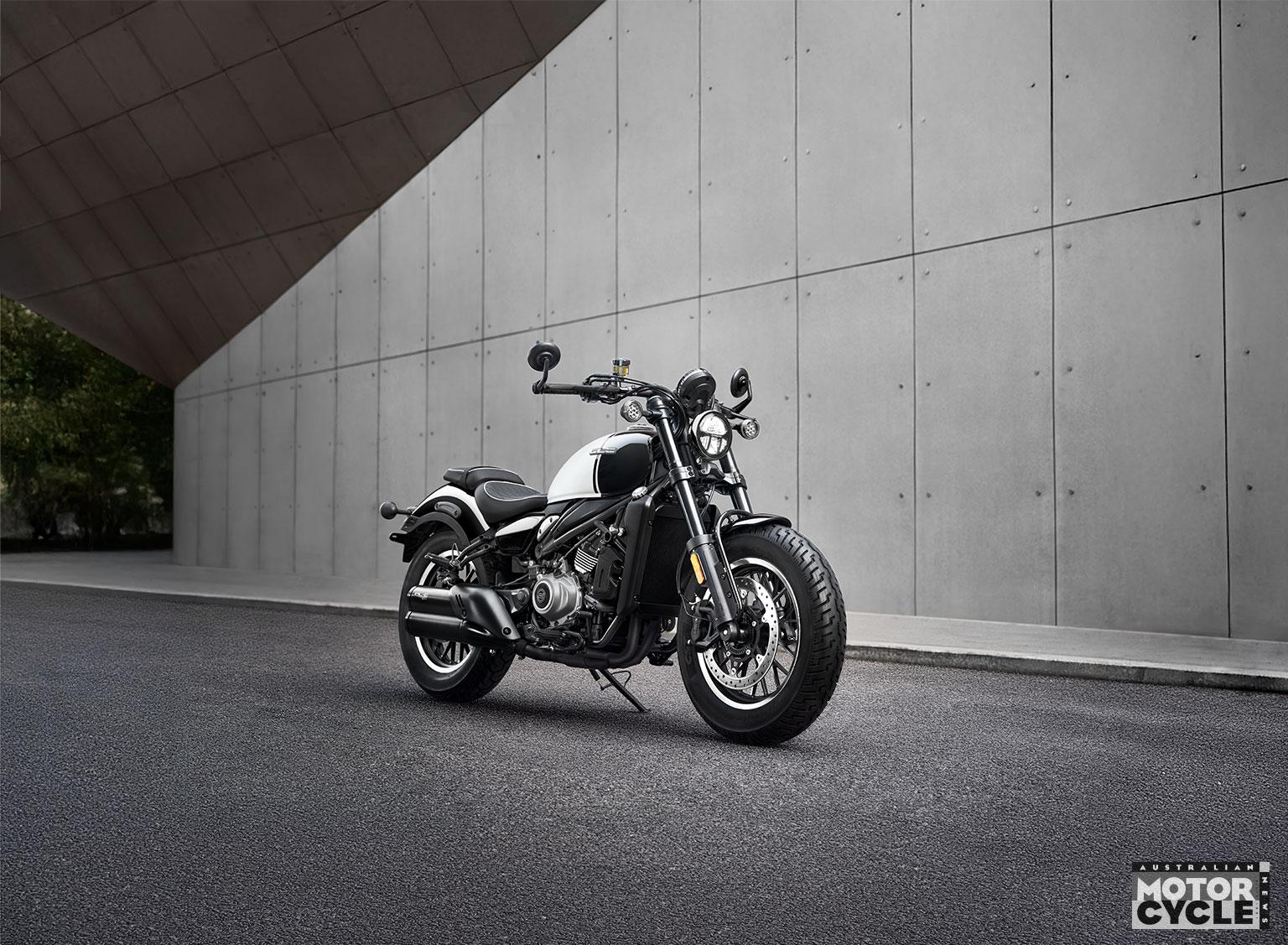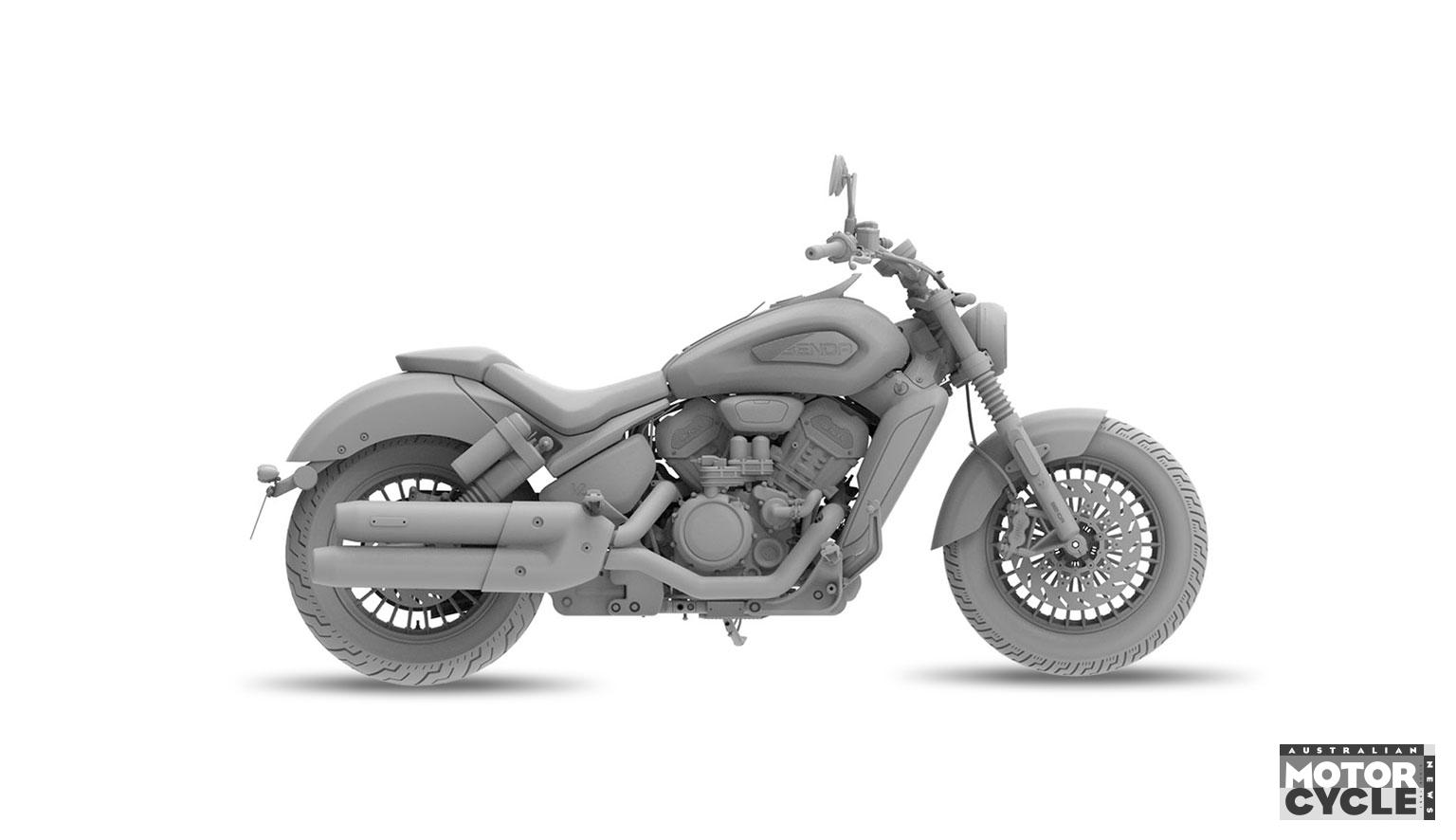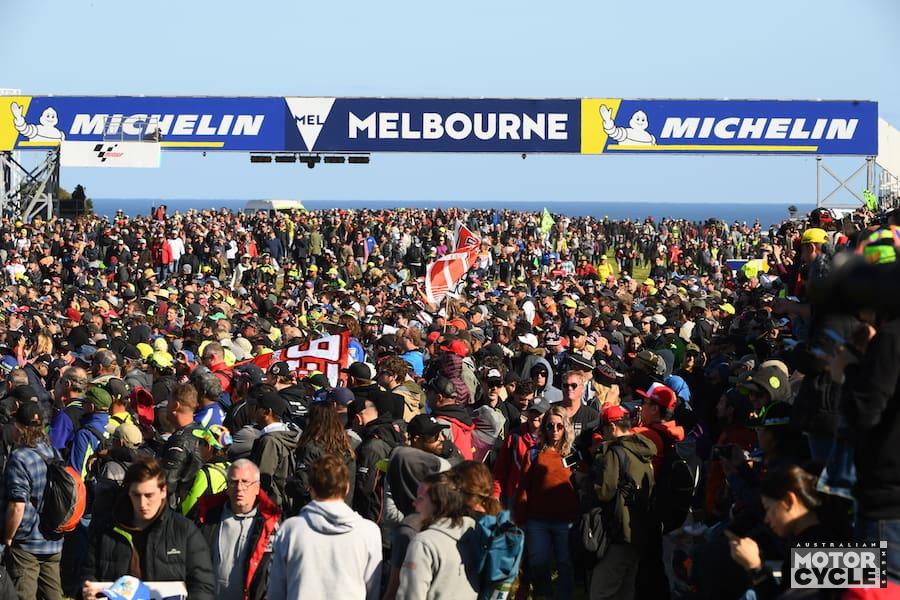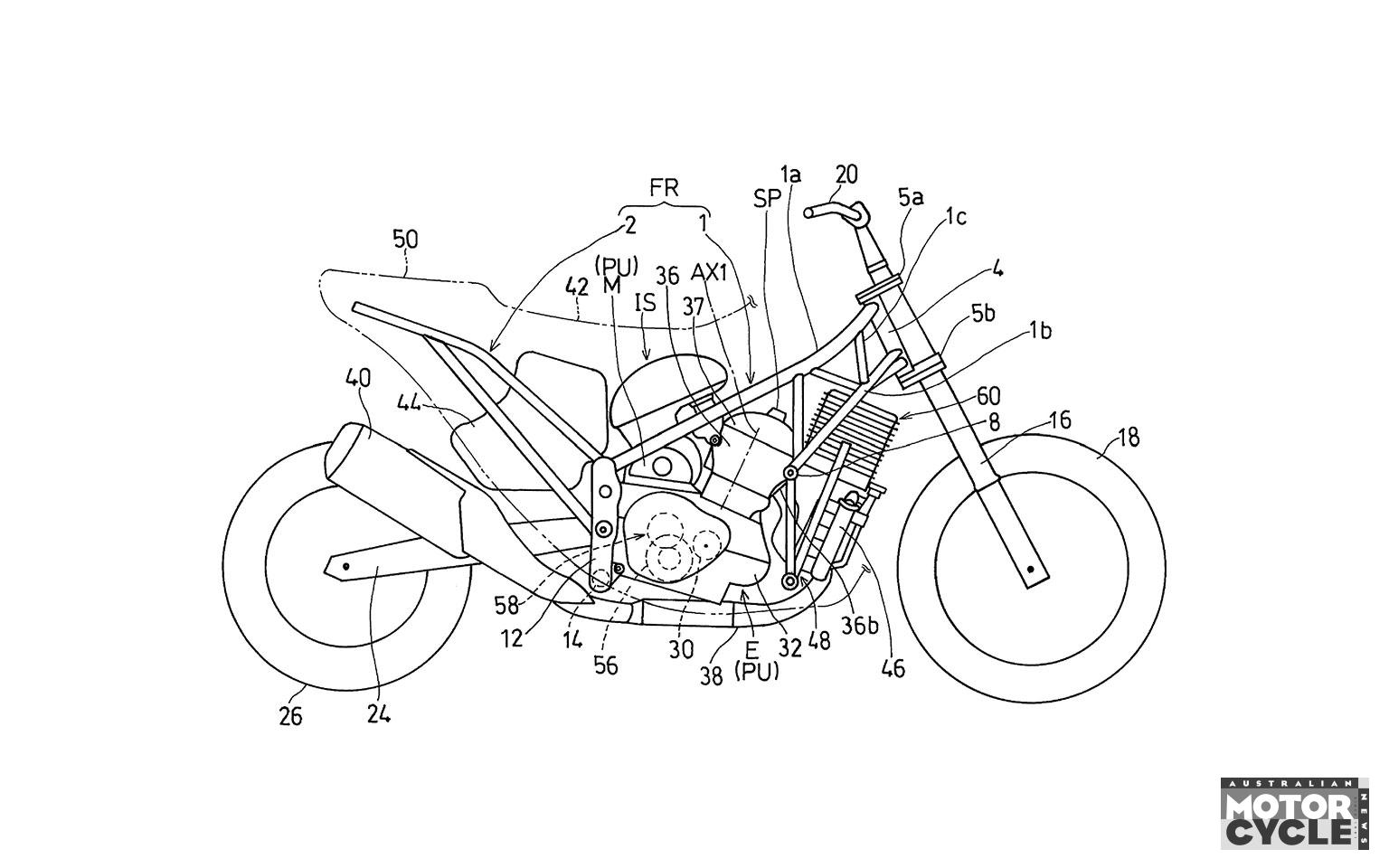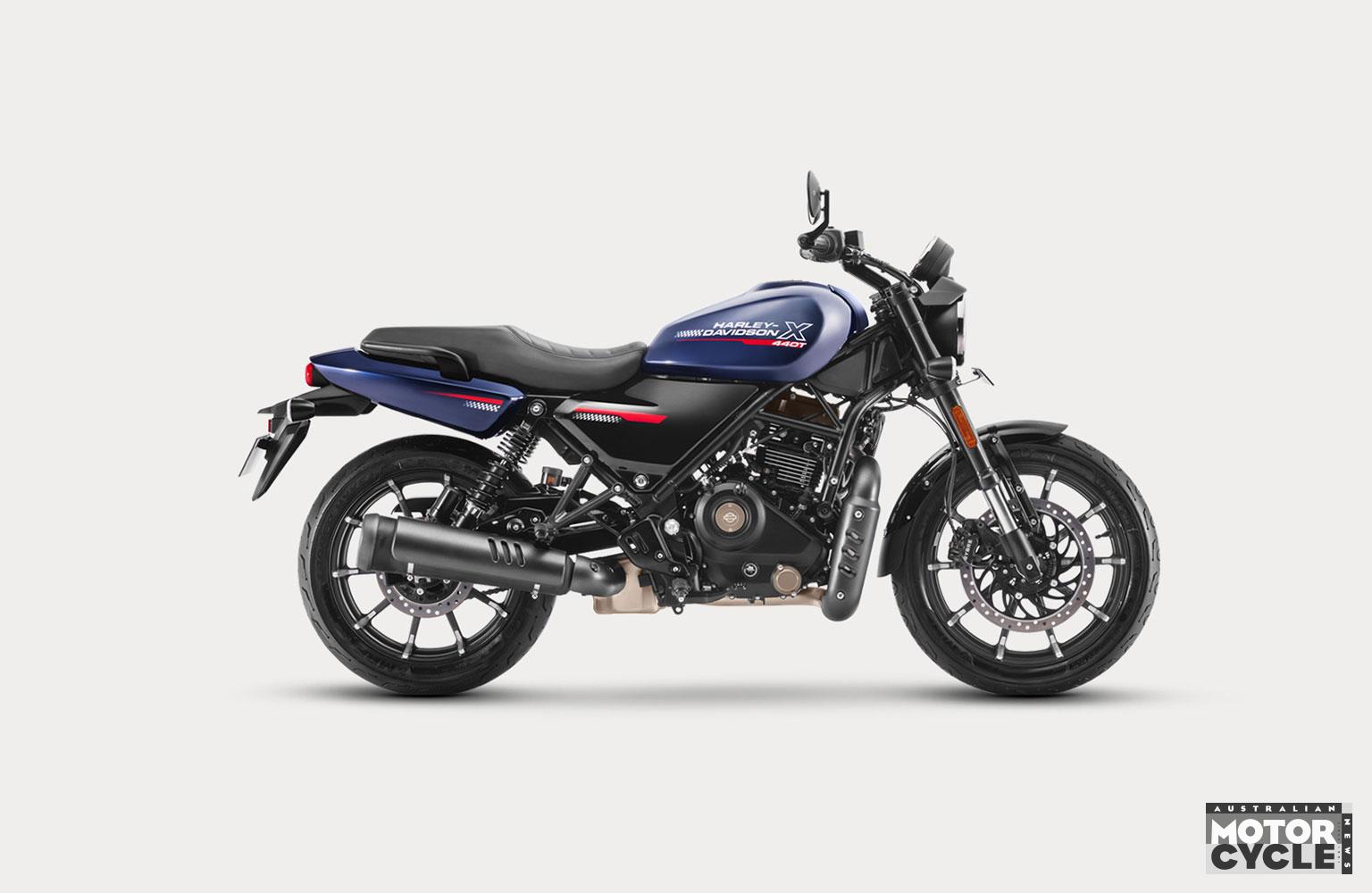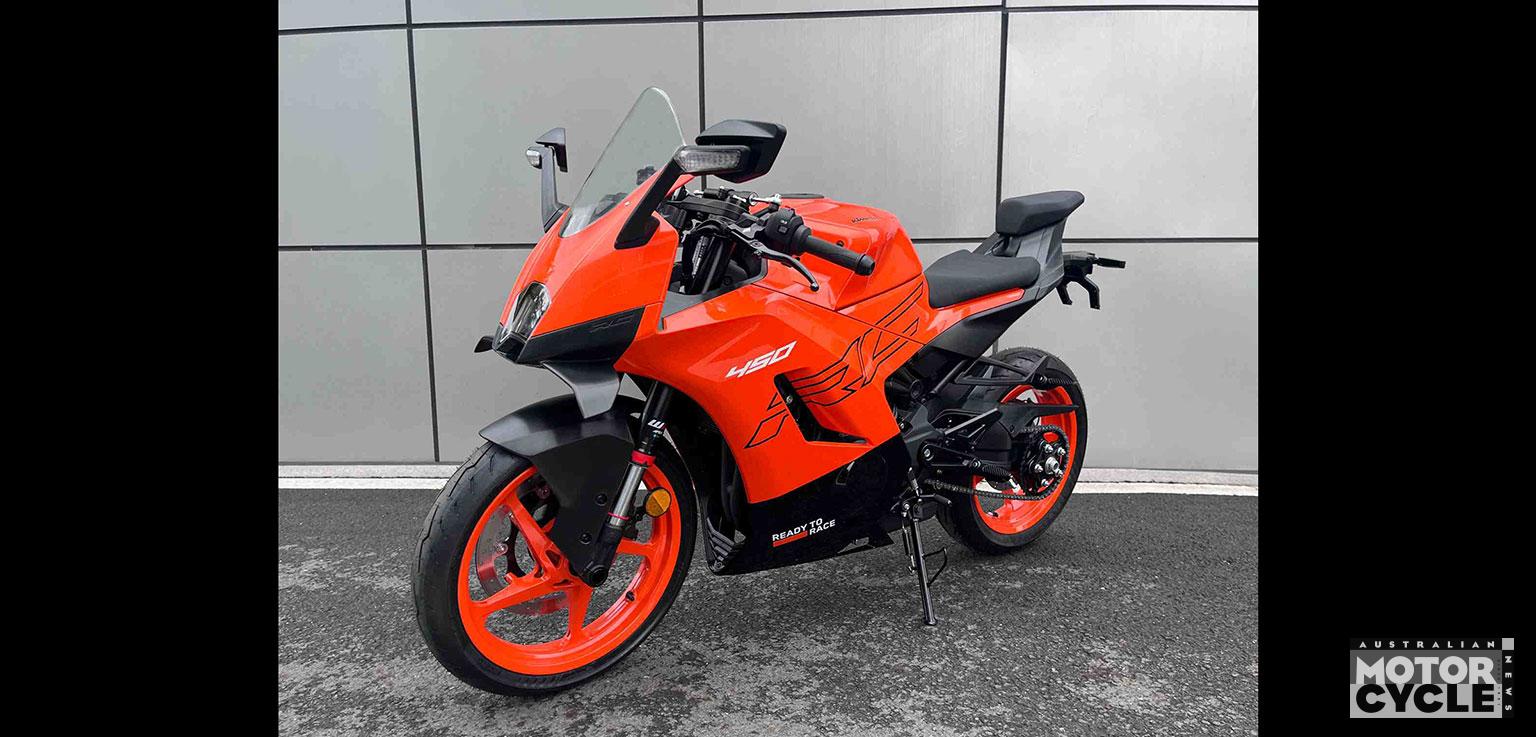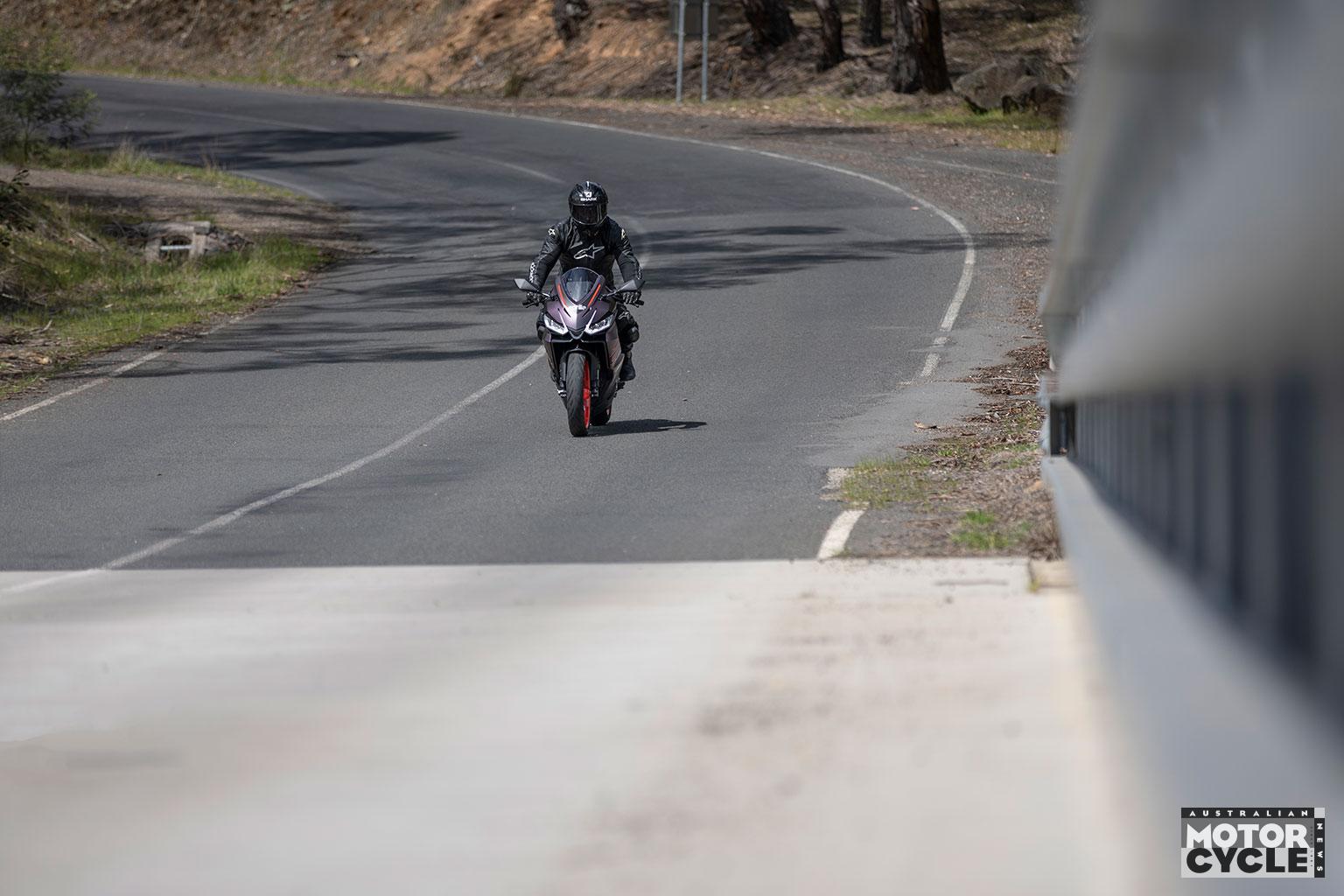Big single or new twin? Mystery bike will build on the GB350’s success
HONDA’S GB350 is a successful attempt to grab a slice of the affordable retro market established by the likes of Royal Enfield’s 350 range – and now a bigger GB500 seems certain after Honda applied for trademark rights to the name.
The GB500 title has been used before, last seen at the dawn of the 1990s when the GB500TT – a single-cylinder cafe racer launched back in 1985 – disappeared from sale. Looking back, that bike, with an engine derived from the company’s SOHC, air-cooled XR off-road models, seems ahead of its time, with a retro style that would look right at home next to bikes like the current GB350.
There are two potential routes Honda could take to power a new GB500. The easiest might be to adopt the ubiquitous 471cc twin that’s appeared for years in bikes like the CB500F, CBR500R, Rebel 500, NX500 and CL500 – a design that’s long since amortised its development costs, making it an affordable and versatile proposition. But its modern, liquid-cooled design doesn’t scream GB500 if the company is hoping to recapture the cafe-racer style.
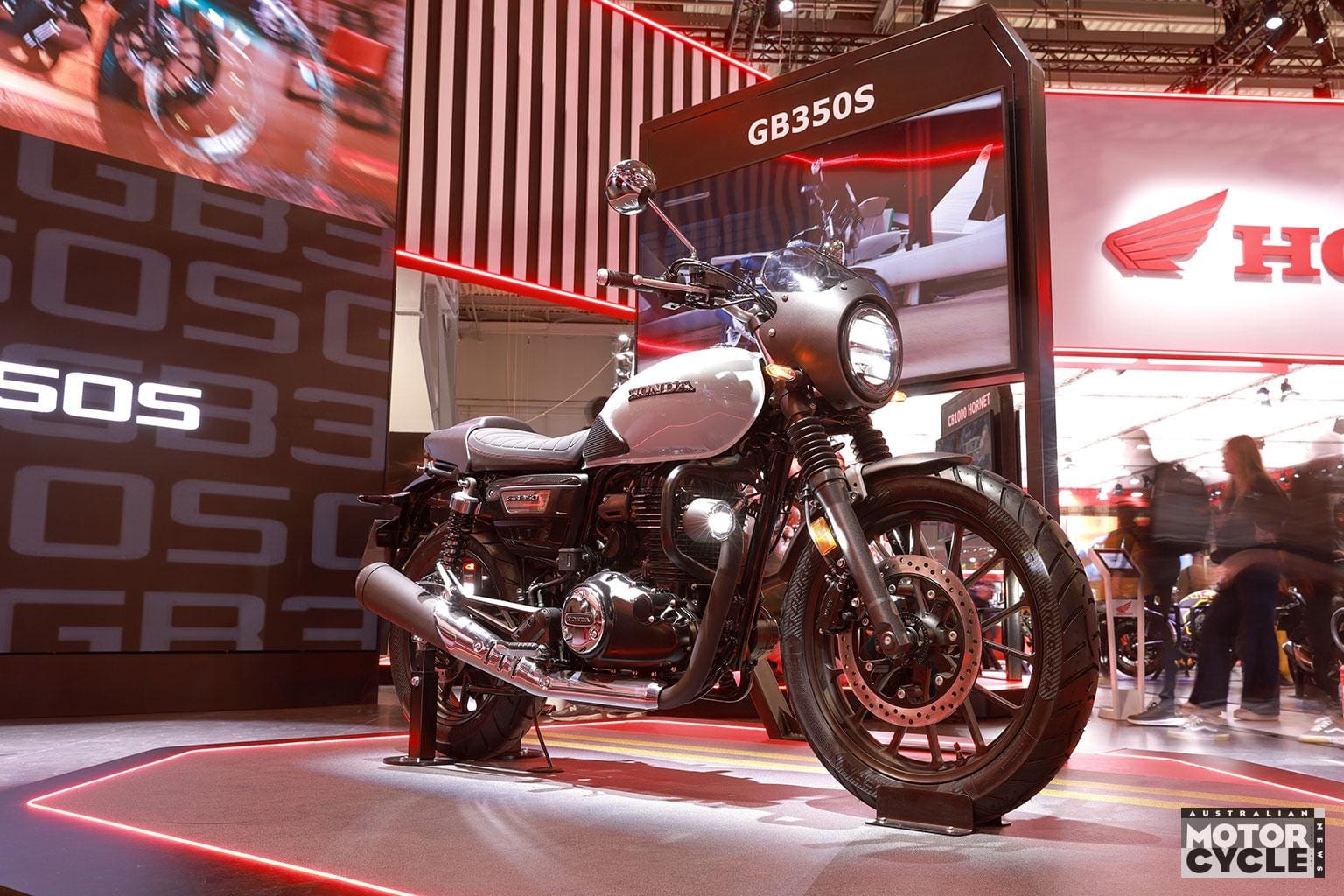
The alternative is a proposed air-cooled single-cylinder based on that used in the existing GB350. It might be 150cc too small to suit the GB500 name, but it’s an engine that appears to have been designed with expansion in mind. The GB350 has one of the most extreme undersquare bore and stroke ratios of any current production bike, combining a long 90.5mm stroke with a small 70mm bore. Honda would only need to increase that bore to 84mm – still keeping the engine undersquare for an old-fashioned, low-revving thumper feel – to hit a capacity of 501cc. There appears to be plenty of scope in the design of the cylinder and head to allow this.
Despite the old-school looks and SOHC, two-valve cylinder head, it’s actually a quite modern, fuel-injected design with an offset cylinder that helps maximise force through the conrod on to the crank during power strokes while reducing friction and wear. That helps it meet modern global emissions laws without having to switch to liquid cooling.
By using a 500cc version of the GB350’s engine, Honda would also be able to carry over the same tubular steel frame used on the smaller bike, and even share parts like the fuel tank, seat and mudguards.

